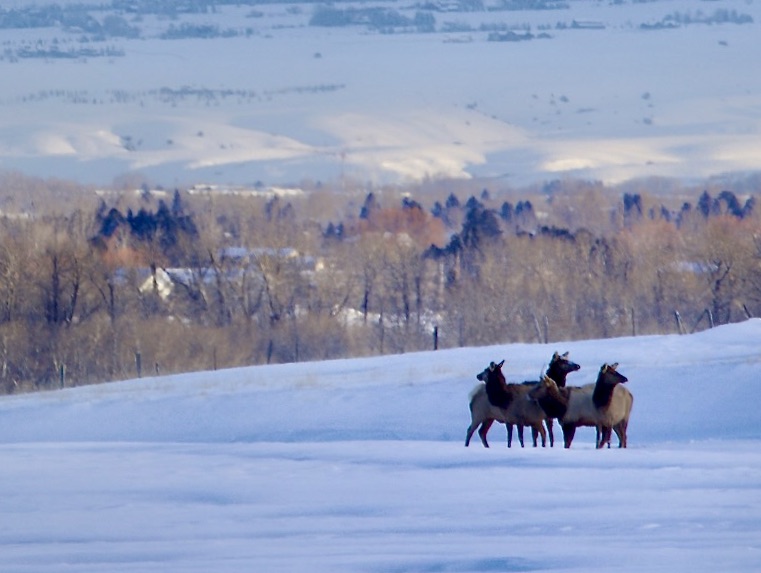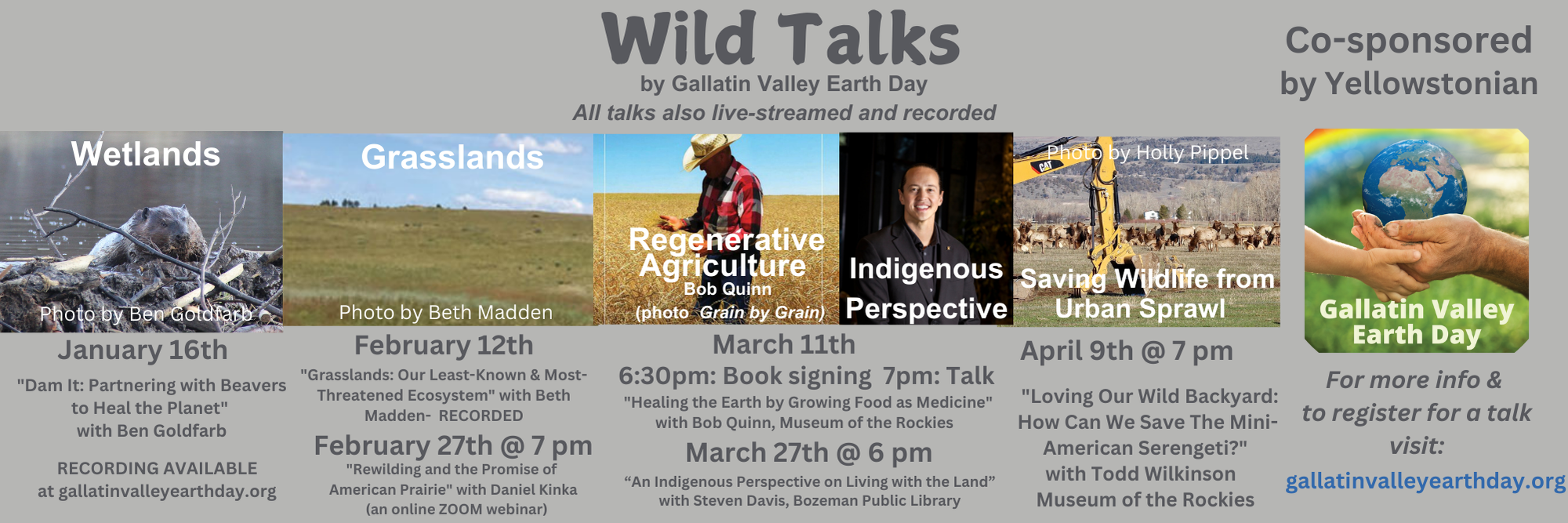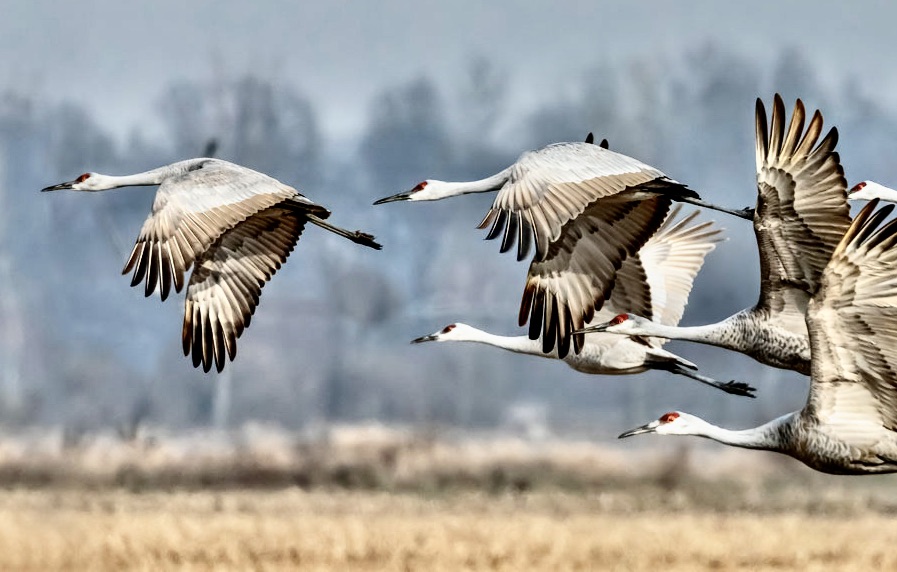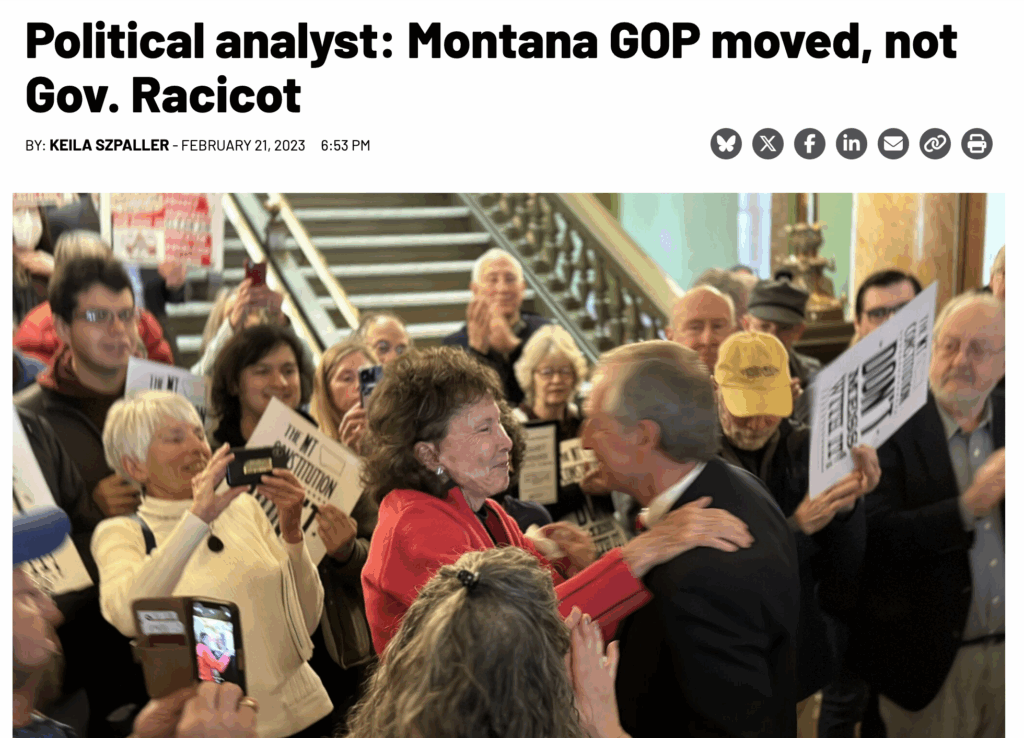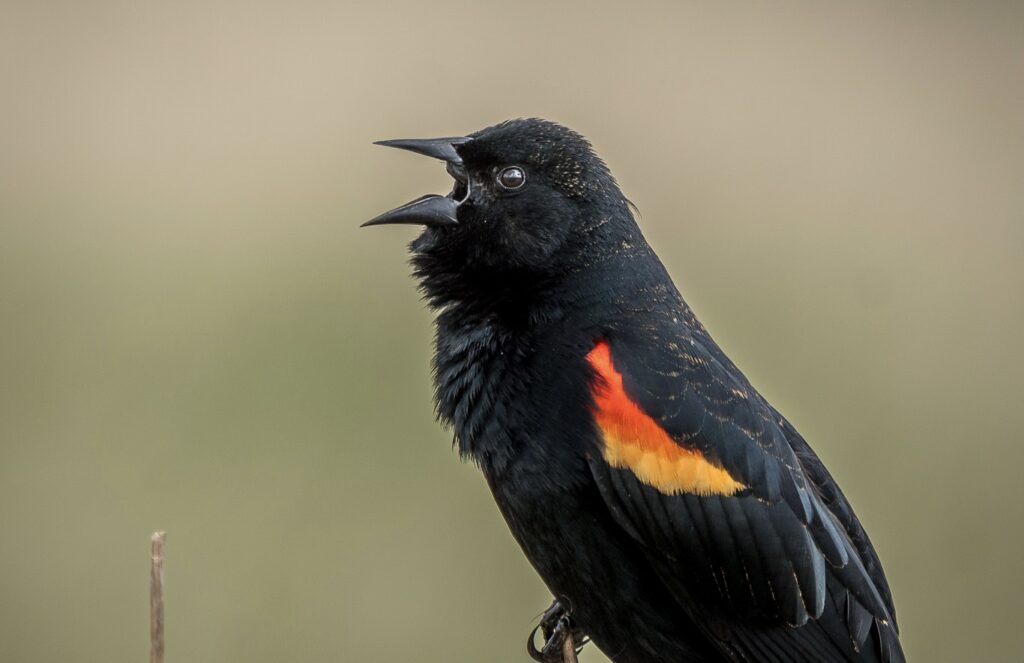EDITOR’S NOTE: With the three Greater Yellowstone states now entering the heart of their legislative sessions in Helena, Cheyenne and Boise, there’s been much consternation expressed about a series of controversial bills introduced that take aim at wildlife, land protection and planning. Although bills targeting carnivores—wolves, mountain lions and grizzly bears—have together generated the most public outrage because, objectively speaking, they lack strong underpinnings of both science and common sense—there is another bill, in Montana, that generated much concern from conservationists across the political aisle and it attracted national attention.
Senate Bill 209 was introduced by state senator Tony Tezak of Madison County and it stood to undermine the legacy of conservation easements in Montana as a vital land protection tool, by giving them expiration dates and preventing them from being in effect in perpetuity. One huge irony of Tezak’s bill is that the Madison Valley has the highest concentration of adjacent ranches under conservation easement than any place in the state and it’s one of the reasons why it is heralded, proudly, as reflecting the essence of true Montana.
Backing Tezak’s bill is the fringe group, United Property Owners of Montana (UPOM), which has gained most prominent notoriety for its opposition to the land protection organization American Prairie (formerly American Prairie Reserve) in eastern Montana. Over the years, UPOM has made a number of assertions about American Prairie and about efforts to restore bison that do not pass the test of basic fact-checking. UPOM’s desire to limit the tenure of conservation easements echoes a push made by Montana Gov. Greg Gianforte to advance an alternative conservation tools, one of them being “elk occupancy agreements.”
One huge irony of Tezak’s bill is that the Madison Valley has the highest concentration of adjacent ranches under conservation easement than any place in the state and it’s one of the reasons why it is heralded, proudly, as reflecting the true essence of Montana
The problem, observers say, is that elk occupany agreements are short-term fixes in valleys dealing with intense development pressure and sprawl overtaking farms, ranches and vital wildlife habitat. Some critics say these devices, also being pushed by free-market and other conservation groups, have an unproven long-term track record and scuttle necessary conversations that need to happen about planning and zoning. They also say elk occupancy agreements create an either/or dynamic, undermining the standing of easements and the ability of counties to think and plan longterm, especially when protecting world-class wildlife migration corridors imperiled by the swagger and pushiness of outside developers. Tezak’s bill was seen by many as creating a slippery slope that makes easements less viable. Nationwide, easements, involving willing landowners who voluntarily place restrictions on their deed in exchange for tax breaks, and who do not want their property turned into sprawl, have been an effective tool in preserving habitat and open space beloved by millions of Americans across the country.
We are sharing an update of what happened to Tezak’s bill in the synopsis below written by the fine Montana journalist Tristan Scott, managing editor of the Flathead Beacon, based in Whitefish, Montana near Glacier National Park The area around Whitefish, is, like Bozeman, dealing with intense sprawl. Below is Scott’s summary, which reads as a tip of the cowboy hat to Senator Tezak for deciding to table his bill, in the face of widespread opposition. Notably, what happened, according to many, demonstrates how out of touch UPOM’s positions are with the sentiments of ordinary Montanans. In a variety of opinion polls and surveys, Montanans say they are not happy with how sprawl is negatively transforming their rural valleys and making Montana look like Colorado or a suburb of Salt Lake City. (You can read Scott’s full story which appeared at the Beacon here).
By Tristan Scott
When an Ennis lawmaker introduced a bill to restrict perpetual conservation easements in Montana earlier this week, a conga line of ranchers, farmers, loggers, hunters, and conservationists queued up in the state Capitol to oppose it.
The measure, the unlikely bedfellows contended, would hobble the timber industry; jeopardize complex public lands puzzles; threaten access for hunters and fishers; create undue tax burdens on farmers and ranchers, forcing them to buckle under intensifying development pressure while snatching land out of production; and touch off a groundswell of other unintended consequences.
But before the referendum on public lands and private property rights could get underway, a curious thing happened: The sponsor of the initiative, a Republican rancher named Tony Tezak, tabled his own bill, effectively killing the measure before encouraging members of the Senate Judiciary Committee to allow the testimony anyway. “With respect to … the committee and your time, I ask that we can still hear testimony because there is a lot of passion on both sides of this legislation,” Tezak said.
Opponents to the bill that would have prevented conservation easements from existing in perpetuity outnumbered proponents 25 to 2 and included prominent hunters, anglers, farmers, ranchers, private timber lands, business people and leaders from a variety of conservation groups
And for the next couple hours, the committee heard from both sides, even as the opponents outnumbered the proponents 25-2. And every single one of them expressed their gratitude to Tezak for his diplomacy.
“He demonstrated a lot of statesmanship yesterday, something we all wish was more common these days,” said Kendall Van Dyk, the managing director of Montana Land Reliance, which partners with private landowners to permanently protect agricultural lands, fish and wildlife habitat, and open space. According to Tezak, it was his conversations with Van Dyk that prompted him to reconsider the bill. “What he did was not easy — he’s a good public servant,” Van Dyk said. “From our perspective we also hope yesterday was a real demonstration of the popularity and importance of private land conservation moving forward.”
It would be naïve to think that this rare Kumbaya moment of consensus politics will define most, or even many, of the 65 days that remain in the 69th Montana Legislative Session, but from where I’m standing, it sets an important example that “government of the people, by the people, for the people” has not perished in Montana.
ALSO READ FOR CONTEXT OF THE ABOVE
(A Dozen Free Stories That Will Make You Realize What’s At Stake)
Yellowstonian has been in existence for less than a year but during that time, we have produced the most comprehensive analysis and in-depth investigative reporting on the biggest threat to the long-term health of the Greater Yellowstone Ecosystem and Northern Rockies. That threat is the rapidly-expanding human footprint taking the form of rural sprawl (being subsidized by taxpayers) and proliferating pressure brought by the unchecked—and unscrutinized—explosion of outdoor recreation. If we are going to be serious about trying to save the most iconic wildlife-rich region in the Lower 48 for future generations, we need to be honest and knowledgeable about what the real threats are—and not continue to look away. If you value this approach to conservation journalism, we would be grateful for your support. We cannot continue without it. Thank you.

